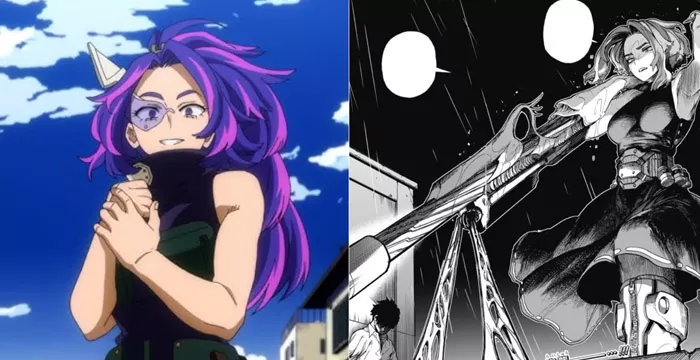
Few characters in My Hero Academia have disrupted the moral status quo quite like Lady Nagant. Introduced during the “Dark Hero” arc, she became an instant fan favorite—not for her villainy, but for what she represented: the deep rot within the very foundation of hero society.
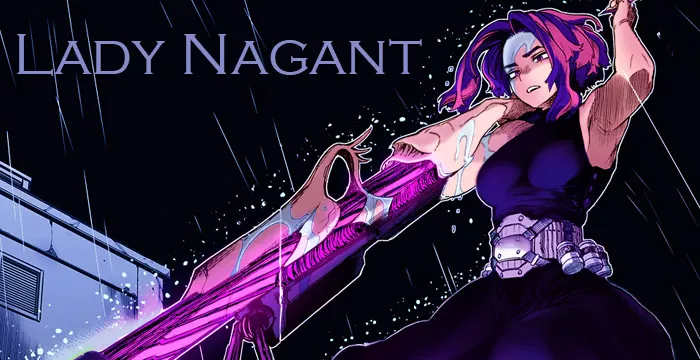
From her complex backstory to her symbolic design, every part of Lady Nagant’s arc is a storytelling masterclass in moral ambiguity, trauma, and redemption. Here’s a detailed look at how Lady Nagant's story delivers on every front—and how you can use her character as inspiration for creating layered antiheroes in your own work.
The Symbolism of the Lady Nagant Figure
Lady Nagant figure sales surged shortly after her anime debut, and for good reason. Her design—featuring a sleek cybernetic sniper arm, windswept dark-blue hair, and a poised combat stance—is both visually striking and narratively symbolic.
- Her figure captures isolation, often sculpted in a rooftop pose to emphasize her lone-wolf sniper nature.
- The duality of her character is reflected in the figure’s fine detailing—one half of her being a government-controlled weapon, the other a broken woman seeking redemption.
The Lady Nagant figure is not just merchandise; it’s a visual representation of the show's darkest critique of its hero society.
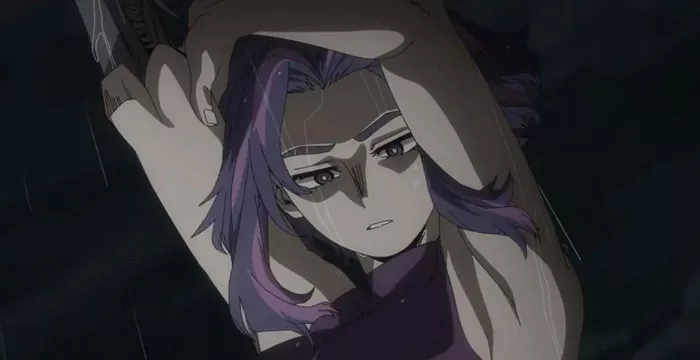
Who is Lady Nagant?
Lady Nagant, real name Kaina Tsutsumi, once stood among the top Pro Heroes in Japan. Her Quirk, Rifle, made her an elite long-range marksman—so elite, in fact, that the Hero Public Safety Commission (HPSC) enlisted her for covert assassinations.
Over the years, she was ordered to kill not just villains but fellow heroes and vigilantes, all in the name of "preserving peace." One such mission—killing a fellow hero—was the breaking point. She assassinated the HPSC chairman and was subsequently imprisoned in Tartarus, the maximum-security villain prison.
Why Did Lady Nagant Become a Villain?
Lady Nagant didn’t turn evil—she lost faith in a system that pretended to protect the innocent while silently erasing dissent. Her transformation into a villain wasn’t born from ambition, but disillusionment and trauma.
- She was emotionally numb from years of killing.
- Haunted by visions of blood on her hands, she realized the “peace” she maintained was fake.
- She believed a transparent dictatorship by All For One might be more honest than the current regime of lies.
Lady Nagant’s fall wasn’t villainous—it was ideological collapse.
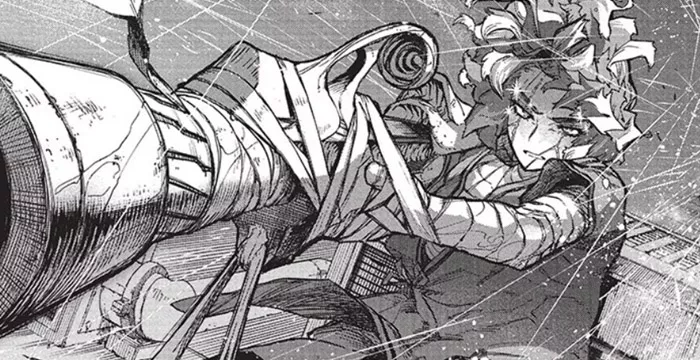
Lady Nagant Quirk: Long-Range Precision, Weaponized Hair
Lady Nagant possesses two quirks:
| Quirk Name | Description |
| Rifle | Converts her right arm into a sniper rifle. She molds her hair into custom bullets, choosing shapes and effects with deadly precision. |
| Air Walk | Gifted by All For One post-prison, this allows her to float mid-air, giving her complete freedom of positioning, perfect for sniping. |
Her combat style is cold, calculated, and precise—her bullets not only fly straight but are guided by intent and emotional clarity.
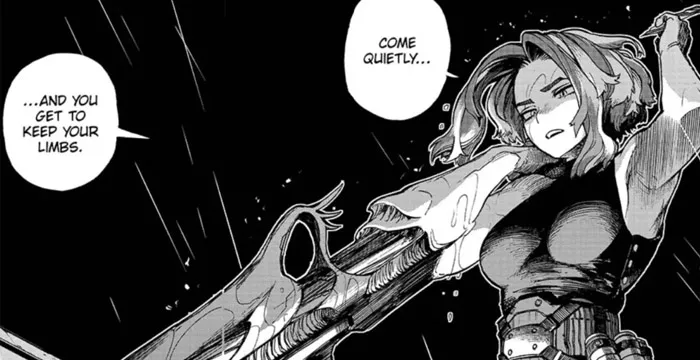
Lady Nagant's Age and Height
- Lady Nagant’s age is never officially confirmed, but based on flashbacks and her professional experience, she is estimated to be in her early 30s.
- Her height is approximately 172 cm (5'8"), giving her a tall and athletic frame suitable for stealth and sniping maneuvers.
This stature complements her authoritative presence, even in scenes where she is silent or brooding.
Who Did Lady Nagant Kill?
Throughout her time working under the HPSC, Lady Nagant killed:
- Numerous villains, vigilantes, and dissenters, all deemed threats to the public image.
- A fellow Pro Hero, who shattered her moral resolve.
- The Chairman of the Hero Public Safety Commission, whom she executed in defiance of the system that created her.
Her track record was so efficient and silent that she became known as the Commission’s deadliest enforcer—until she revolted.
Key Events: The Dark Hero Arc and Her Role in the War
1. Fight with Deku
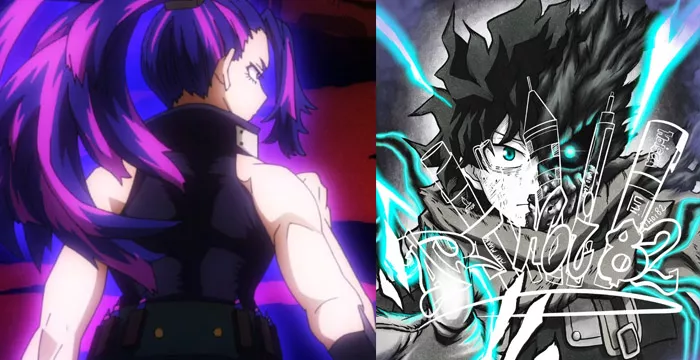
Her battle against Izuku Midoriya (Deku) wasn’t just physical—it was ideological. She tested Deku’s idealism by pushing him to question the very foundation of heroism. Despite being ordered to kill him, she intentionally missed shots, showing her moral line hadn’t fully eroded.
2. Betrayal by All For One
After she lost to Deku, All For One detonated an explosive quirk he had implanted in her, nearly killing her. This betrayal confirmed that even the villain side saw her as disposable.
3. Lady Nagant Death: Did She Die?
Despite rumors, Lady Nagant is not dead. Severely injured and burned, she was rescued by Deku and later helped the heroes during the Final War. However, she collapsed again from reopened wounds and remains hospitalized as of Chapter 379.
Her status is fragile, and fans fear she may be killed off for emotional impact, but for now, Lady Nagant survives.
Lady Nagant’s journey suggests that heroism isn’t about following orders—it’s about doing what’s right, even when the system fails.
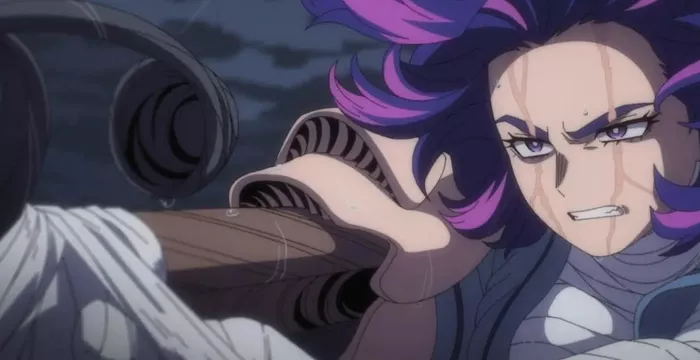
Why Fans Love Lady Nagant
| Reason | Explanation |
| Design | Cyber-sniper aesthetic, unique among MHA characters. |
| Backstory | Deep trauma, betrayal, and conflict make her relatable and realistic. |
| Narrative Impact | Challenges Deku and the viewer to rethink justice and peace. |
| Fandom Presence | Inspires cosplay, fan art, AMVs, and in-depth analysis across Reddit and YouTube. |
Her arc brings much-needed maturity to the anime, where idealism often overshadows realism.
Lady Nagant’s Legacy in MHA
Lady Nagant is more than a tragic side character—she’s the embodiment of disillusionment, a living consequence of a society built on lies. Her survival proves that even the most broken individuals can fight their way back—not through blind faith, but through painful clarity.
In a world of symbols and slogans, Lady Nagant is truth—ugly, weaponized, and finally, free.





Comments